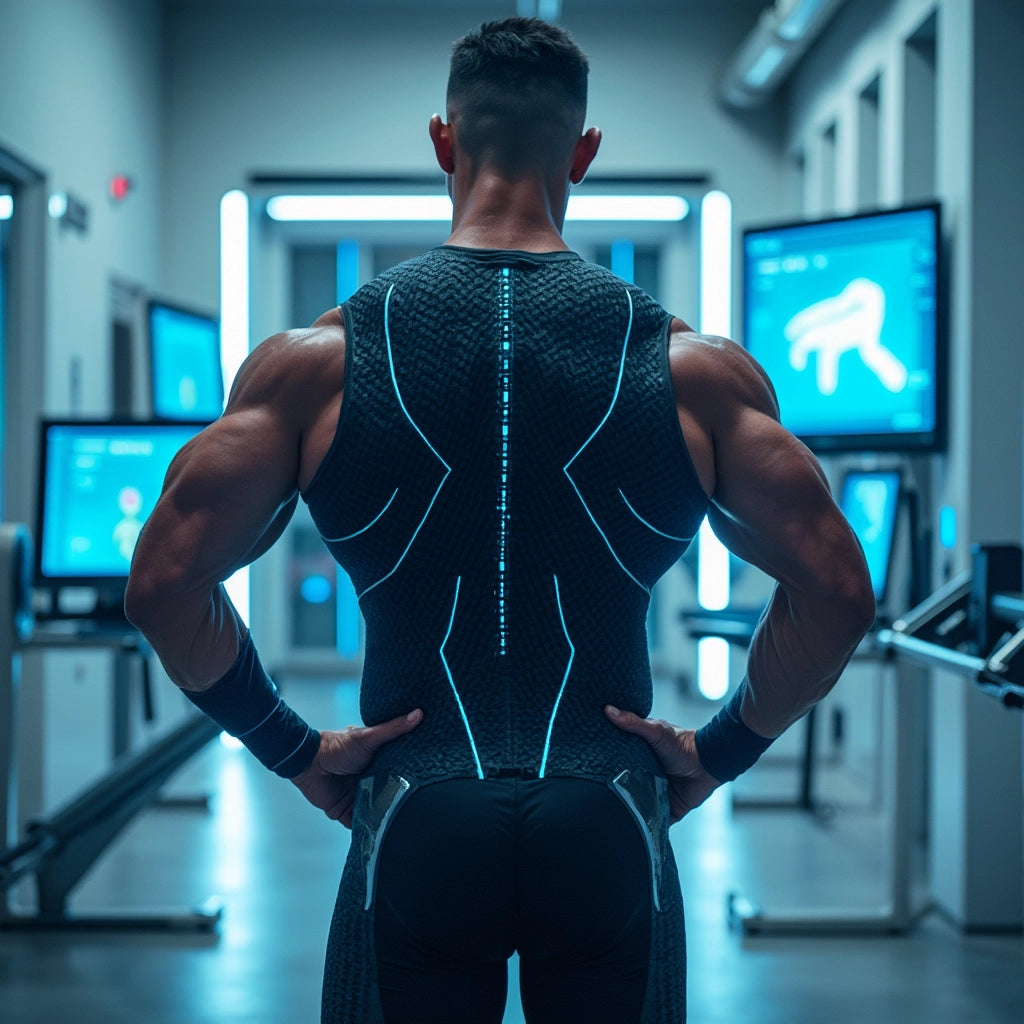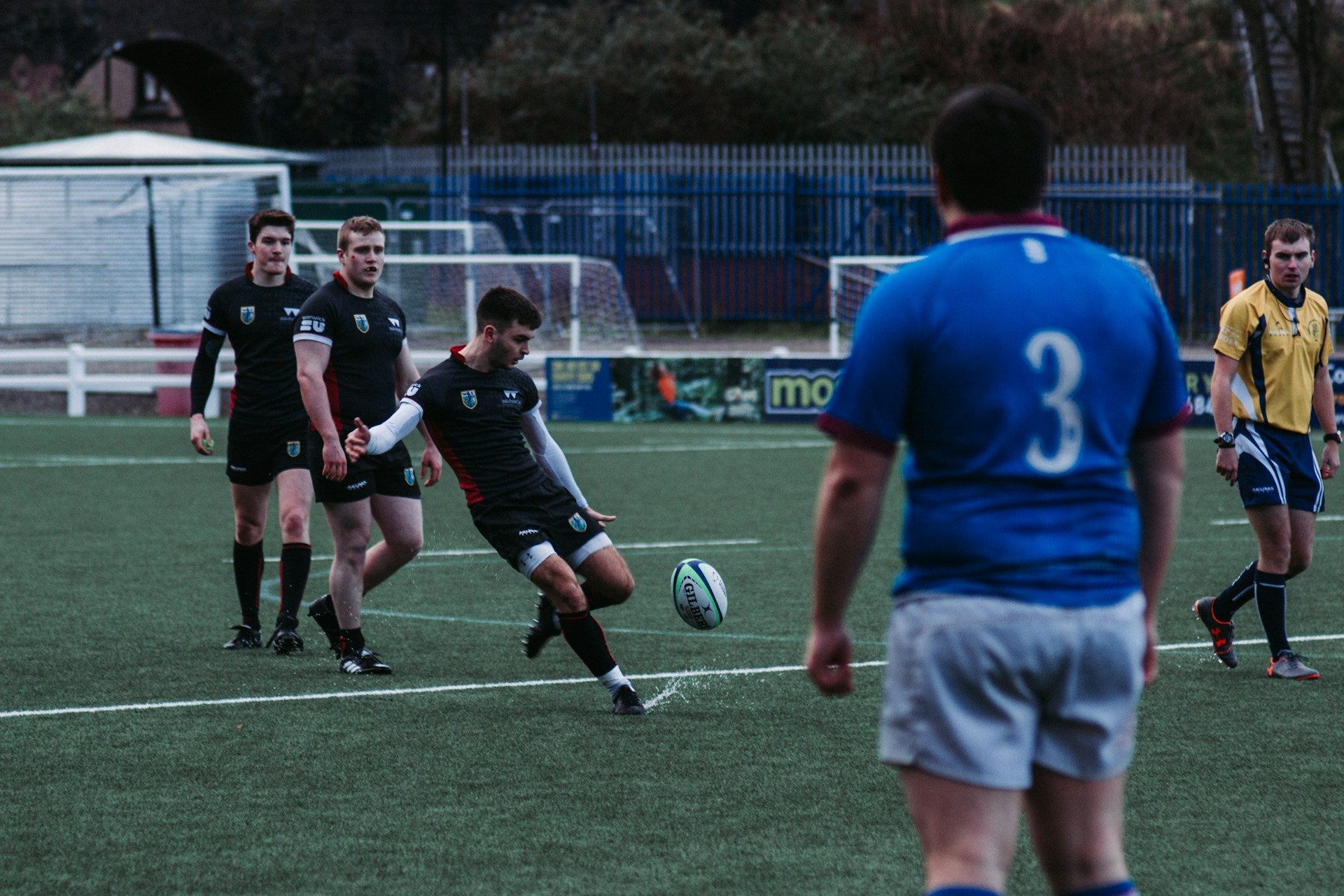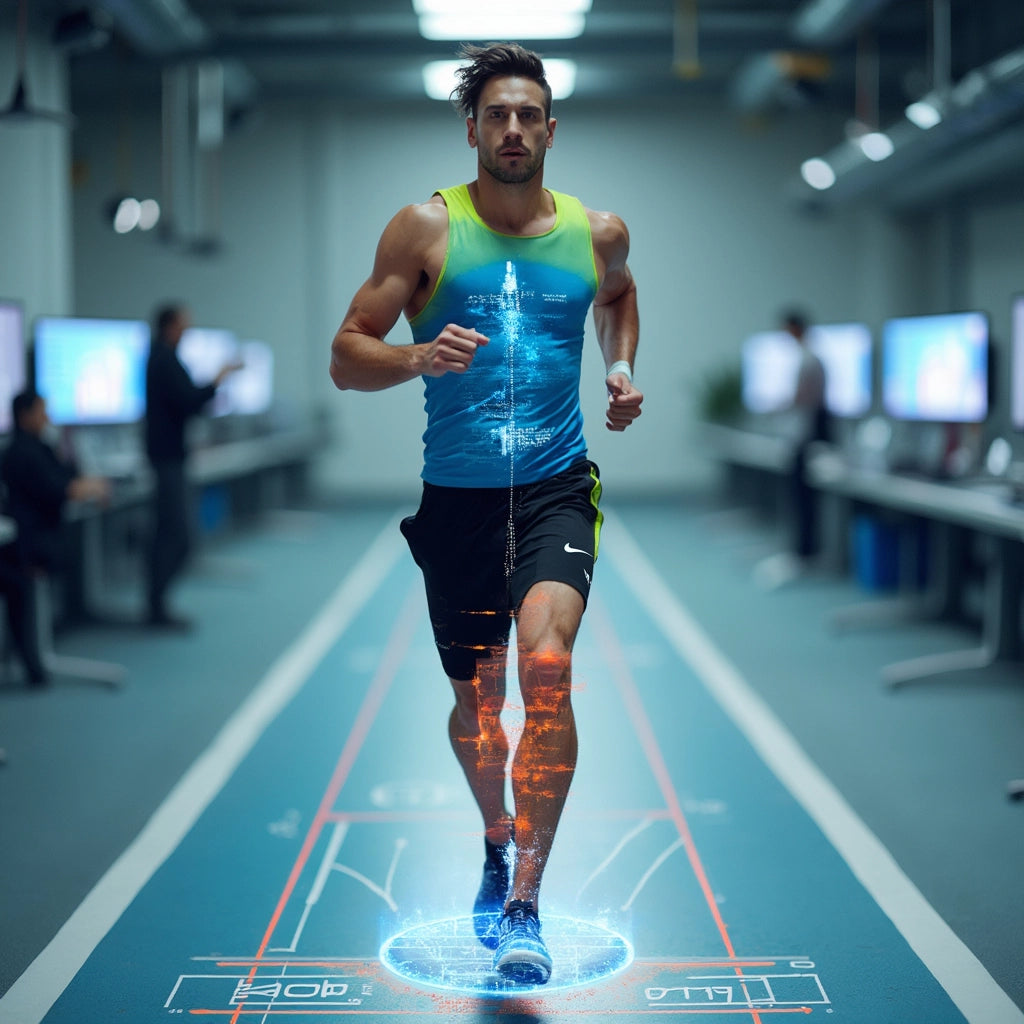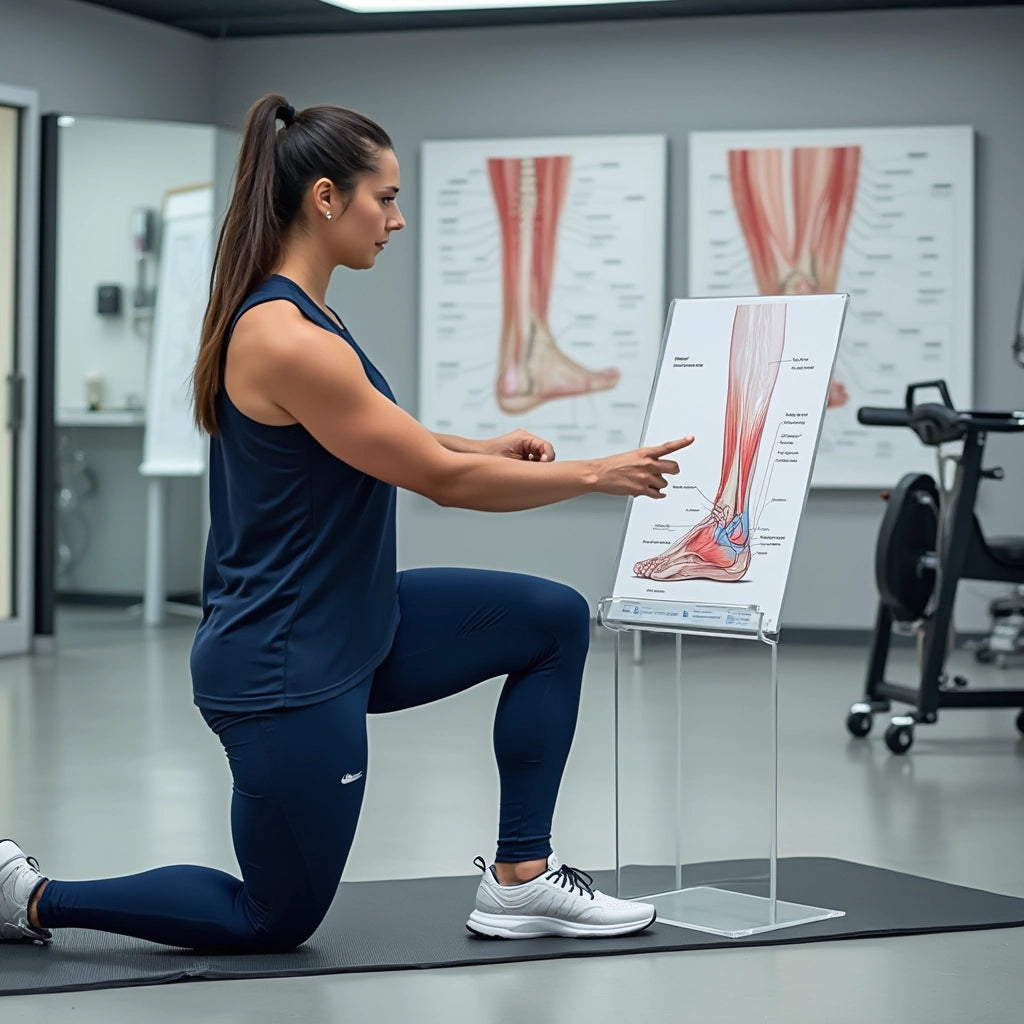Unlocking the Secrets of Foot Grip: A Game Changer for Athletes
The world of athletic performance is evolving rapidly, with new insights constantly emerging about how to enhance an athlete's edge. One fascinating area gaining recognition is the science of foot grip. Contrary to what many might expect, the relationship between foot grip and athletic performance is intricate and significant. This article delves into the importance of traction science, demonstrating how elite athletes are leveraging optimized foot-to-surface contact, starting at the interface between their feet and footwear.
Understanding the Impact of Foot Grip
Recent biomechanical studies reveal that up to 60% of an athlete's power transfer and stability are directly influenced by proper foot grip during dynamic movements. The term “proper foot grip” extends beyond basic shoe features; it involves reducing slippage within footwear, thus maintaining performance integrity and minimizing the risk of injury. Such compensatory movements caused by slippage not only degrade performance but can also lead to serious setbacks.
Key Factors for Optimal Foot Grip
1. Moisture Management
Moisture is a significant factor in maintaining foot grip. Advanced moisture-wicking technology helps maintain dry contact points, effectively reducing slippage. This, in turn, ensures consistent traction during high-intensity activities like football and basketball.
2. Surface Contact Area
The more contact your foot has with the surface, the better the grip. Strategically-designed footwear that maximizes surface contact significantly enhances traction, particularly in sports requiring quick directional changes and explosive movements. Traction zones, strategically integrated in modern sports footwear, provide this optimized surface interaction.
3. Material Composition
Material science plays a crucial role in grip optimization. From the inner lining materials of shoes to insole designs, selecting the right material can influence grip efficacy. Materials that offer a tactile experience without compromising comfort contribute directly to better athletic performance.
The Role of Proprioception
Proprioception, or the body's ability to sense its position and movement, is vital in this context. Enhanced foot grip leads to improved neural feedback, allowing athletes to make swifter, more precise adjustments during competition. This increase in sensory input translates to superior balance, quicker reaction times, and more efficient movement patterns, directly impacting performance on the field.
Integrating Foot Grip in Training & Performance Strategies
Professional sports teams are increasingly incorporating foot grip optimization into their performance protocols. Frequent assessments of an athlete's foot-to-shoe interface can reveal critical insights into performance metrics, enabling teams to make precise interventions. Many athletes have reported measurable improvements in acceleration, deceleration, and lateral movement efficiency through these methods.
For individual athletes and teams serious about maximizing potential, the science of foot grip is no longer a topic to overlook. Deliberate focus on moisture management, surface interaction, and material choice can lead to substantial performance enhancements.
Conclusion: Taking the Next Steps
The importance of foot grip in improving athletic performance is clear. By understanding and optimizing the factors involved, athletes can gain a competitive advantage that is both profound and tangible. When considered carefully, what's between an athlete’s feet and their footwear can be a vital component of their toolkit for success.
Are you an athlete or part of a sports team aiming to elevate your game? Consider exploring grip optimization techniques further. To find out more about how you can get personalized solutions, visit custom socks UK at Nextwave Socks for insights and products that can support your journey.









